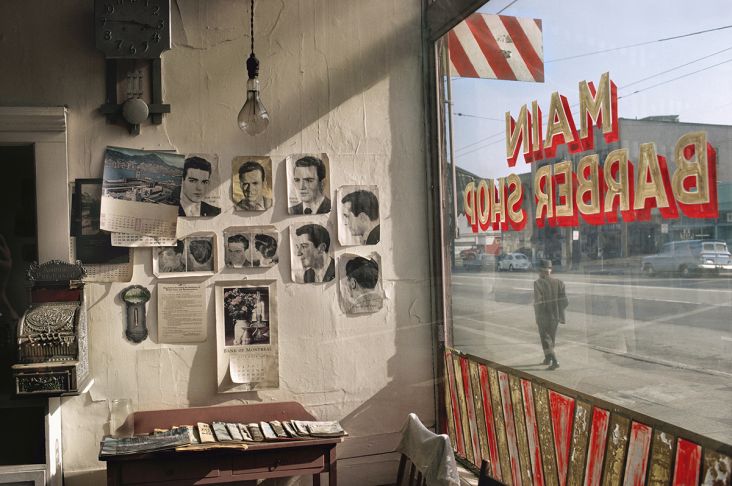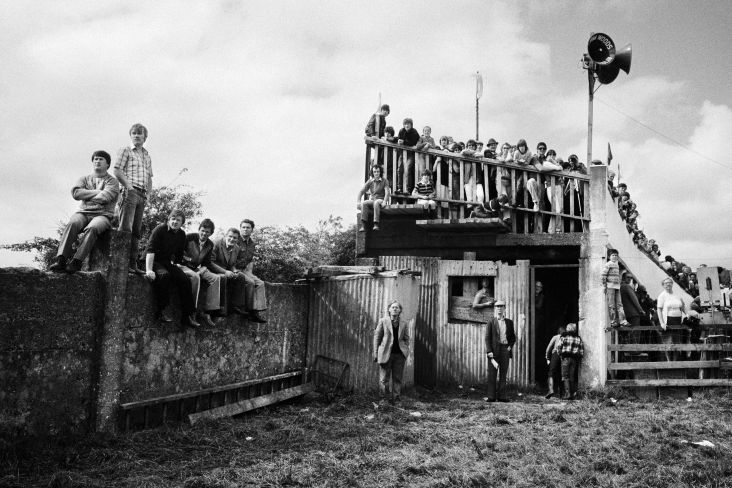Six handy tricks to make visitors stay on your website longer
A successful website is all about page views, right? Wrong. Having a high number of visits to your site is a good thing, of course. But dwell time (the amount of time they stick around for) is equally, if not more important.

Image licensed via Adobe Stock
Let’s face it; if people are leaving your site as quickly as they arrive, it may as well not exist. Also, Google ranks websites according to engagement, so if yours is low, you may well be punished when it comes to appearing in the search rankings.
The first thing to do, then, is to sign up to Google Analytics (it’s free) and find out exactly how long people are spending on your pages. The next is to look at ways to extend that time and keep checking back to see if it’s making a difference.
As part of our series with Squarespace to help you build and manage a successful website, we’ll now look at some of the most common and effective strategies for encouraging people visitors to stay on your site longer.
Haven’t built your website yet? It’s super-easy with Squarespace. Remember to use the CREATIVEBOOM code, and you'll get a 10% discount when you signup. In the meantime, here are six handy tricks to make visitors stay on your website for longer:
1. Make the visual design sing
Like it or not, people do judge a book by its cover, and if the design of your website doesn’t look right, they’ll be discouraged from sticking around.
It’s not that most people sit at their laptop salivating at the aesthetic appeal of specific website designs; they don’t. But it’s about the confidence they have in your site as a whole, and a poor design can make them more likely to think the content will be poor too.
But if you don’t have web design skills, don’t worry. These days, web building services like Squarespace have a range of beautiful templates to choose from, which will look attractive on any device and instant exude the air of professionalism and reliability you’re looking for.
Of course, a great template is only the start: the rest is about making the image and colour choices that will add up to a beautiful design. So take as much time as you need to get it right, and the effort should pay off handsomely in terms of dwell time.
 further?](https://www.creativeboom.com/upload/articles/89/89b4d03d6e1a213032eb816316875718f4022160_944.png)
Who wouldn’t want to investigate this gorgeous looking website for designer and illustrator Jeff Rogers further?
2. Don’t bury the lead
In journalism, “don’t bury the lead” is a phrase that means: don’t relegate the most exciting part of a story to halfway down the page; put it right at the top; in the headline if possible. And the same principle applies to the design of your website.
In other words, signal what’s interesting about your content right from the word go by displaying it prominently at the point of entry. For instance, if you’re an illustrator creating a portfolio site and you’ve done some work for Marvel Comics, your homepage should probably have a big central image from that, together with a call to action like “See more of my work [here]”.
In other words, think about what’s most likely to suck people into your world, bring it front and centre, and provide a clear way (and ‘call to action’) to encourage visitors to explore further.
3. Keep text concise
To get more people engaging with your content, you need to make it as easy to read as possible. That may mean cutting out long words and using shorter, simpler ones (especially if there’s a large part of your audience whose first language isn’t English). And it may also mean writing fewer words overall.
Unless yours is a site specifically dedicated to long-form articles (like this one), your visitors probably won’t be wanting to spend a lot of time reading. So when it comes to your About Me page, your blog posts and any other descriptive text on your site, keep it short, sweet and to the point.
That might sound counterintuitive. Surely, you might think people will stay longer if there is more text to read. But however fantastic you think your words are, the bitter truth is that the more text there is, the less likely anyone will start reading it at all.
Of course, there’s no rule of thumb on this, and the specific purpose of your site, and needs of your audience, may demand a lot of words. If that’s the case, it’s still worth considering ways to break your writing up into manageable chunks, rather than just a long stream of intimidating looking, flowing text.
 keeps his text admirably to-the-point](https://www.creativeboom.com/upload/articles/7c/7c4a534e47fdc3d082c7d8a539ce26bc72e1a23e_944.png)
Designer Chris Rushing keeps his text admirably to-the-point
4. Reduce admin
Who likes admin? Nobody likes admin. So why are you making your website visitors fill in a form? There’s nothing more calculated than to drive people away.
Okay, so there may be some value, commercial or otherwise, in collecting the data of people who visit your website. But only if they give it to you. And so unless there are hundreds of people filling in your forms, ditch them and give everyone a more pleasant experience.
For example, if you want people to comment on your blog posts, just let them comment, without having to sign up, whether that’s via a form or their social media account. You’ll be amazed by how many more of them do.
Equally, if you really want people to contact you, give out an actual email address rather than a contact form. You may get some spam. But you’ll also get a lot more engagement with your site and your content.
5. Update your site regularly
There’s something else guaranteed to stop visitors staying on your site for longer than a second. And that’s the sense that nothing has been added or changed since they last visited.
The lesson here is, of course, to add new content to your site as regularly as possible. That might be tricky if, say, your website is a portfolio site, and your latest client won’t agree to you posting your most recent work for them. In which case, why not consider adding a blog, and writing regularly about what you’ve been up to?
This doesn’t have to be client work but can include side projects, past projects, thoughts on industry developments, and anything else that’s likely to interest your audience. And apart from giving people reason to stay longer on your site and visit more often, regularly updating your content in this way is also great for SEO.
](https://www.creativeboom.com/upload/articles/10/103cf0496845f20d42c2ec7b42961296297b6c5d_944.jpg)
Illustrator and graphic designer Laura Bee keeps her site updated by regularly posting her latest sketchwork
6. Add value
It might sound obvious, but the more valuable content you can include on your website, the more people will stay longer and keep coming back. You know your audience best, so think about what content they might value the most, and provide it. This might be in terms of resources (free design assets, photo wallpapers, UX kits) or education and advice (‘how to’ blog posts or videos, infographics, design checklists). If they find one thing they like on your site, they’re likely to stick around and try to find more.
Haven’t built your website yet? It’s super-easy with Squarespace. Remember to use the CREATIVEBOOM code, and you'll get a 10% discount.





 by Tüpokompanii](https://www.creativeboom.com/upload/articles/58/58684538770fb5b428dc1882f7a732f153500153_732.jpg)


 using <a href="https://www.ohnotype.co/fonts/obviously" target="_blank">Obviously</a> by Oh No Type Co., Art Director, Brand & Creative—Spotify](https://www.creativeboom.com/upload/articles/6e/6ed31eddc26fa563f213fc76d6993dab9231ffe4_732.jpg)













](https://www.creativeboom.com/upload/articles/f5/f53946a7aa1cb8a87d2b613f09ed0e7cfb7d6949_732.jpeg)

